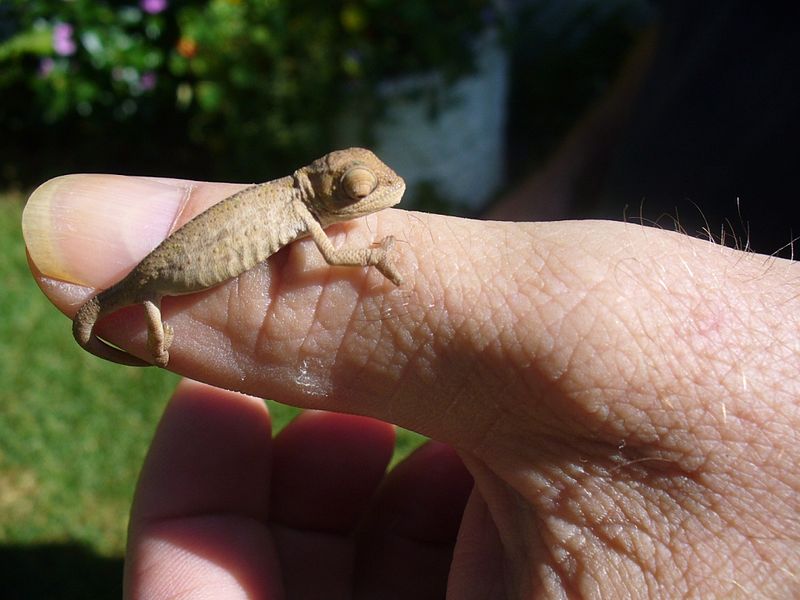
Category Archives: Lizards
Feed SubscriptionLeopard Geckos in the Wild – the Natural History of a Popular Pet
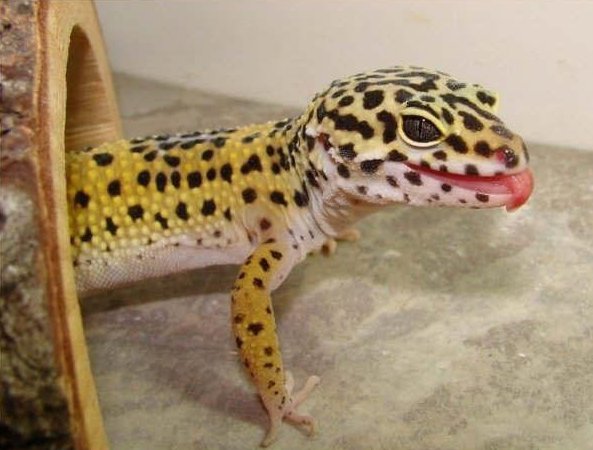 The Leopard Gecko, Eublepharis macularius, is one of the most popular of all reptilian pets, and much has been written on its care and breeding. But this lizard’s other side – how and where it lives in the wild – is less familiar. Read More »
The Leopard Gecko, Eublepharis macularius, is one of the most popular of all reptilian pets, and much has been written on its care and breeding. But this lizard’s other side – how and where it lives in the wild – is less familiar. Read More »
2010’s Reptile Discoveries – New Lizard Species and Facts
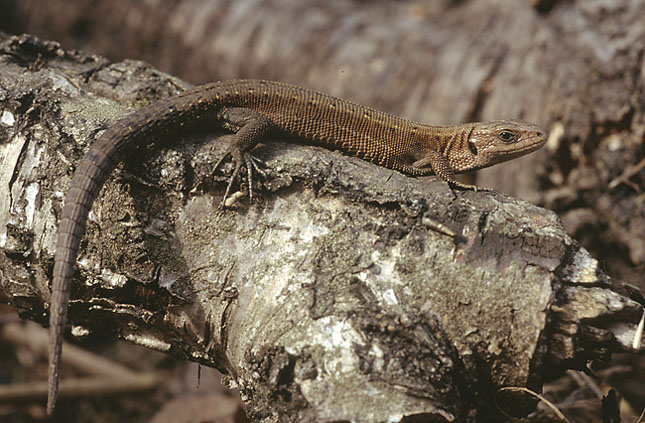 Several newly-discovered lizards and unexpected lizard facts made herp headlines in 2010. From a female-only species to a 6-foot-long, brightly-colored new monitor, each gave us pause to wonder…”what’s next?!
Several newly-discovered lizards and unexpected lizard facts made herp headlines in 2010. From a female-only species to a 6-foot-long, brightly-colored new monitor, each gave us pause to wonder…”what’s next?!
Two Large Monitors
Undiscovered animals tend to be small and non-descript, but not so with Asia’s new contributions to the lizard role call. The Northern Sierra Madre Forest Monitor, Varanus bitatawa, described last year from northern Luzon in the Philippines,is both large – to 6 feet in length – and colorful. Actually, it remained undetected only to herpetologists…local people have been eating it for quite some time. The newly described giant is arboreal and feeds largely upon fruit. Read More »
First North American Captive Breeding of the Giant Horned Lizard
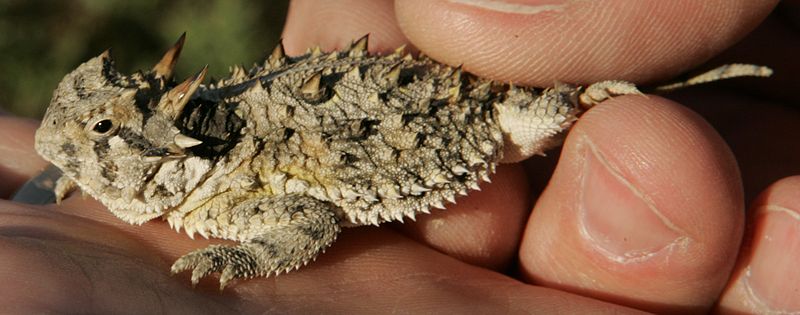 Horned Lizards of various species, usually sold as “Horned Toads”, were US pet trade staples in the 1950’s and 60’s. Looking much like minute dinosaurs, they needed more heat and UVB than most could provide, along with an ant-dominated diet, and fared poorly. As a boy, I was able to keep them going in the summer, thanks to natural sunlight and plentiful ants, but they declined in winter (I discovered they did not like the “house ants” I collected in local stores!). As I moved into zoo work, the key to keeping most species remained elusive. So I was very happy to hear that the Los Angeles Zoo had recently (January, 2011) succeeded in breeding the largest species, the Giant Horned Lizard, Phrynosoma asio. Read More »
Horned Lizards of various species, usually sold as “Horned Toads”, were US pet trade staples in the 1950’s and 60’s. Looking much like minute dinosaurs, they needed more heat and UVB than most could provide, along with an ant-dominated diet, and fared poorly. As a boy, I was able to keep them going in the summer, thanks to natural sunlight and plentiful ants, but they declined in winter (I discovered they did not like the “house ants” I collected in local stores!). As I moved into zoo work, the key to keeping most species remained elusive. So I was very happy to hear that the Los Angeles Zoo had recently (January, 2011) succeeded in breeding the largest species, the Giant Horned Lizard, Phrynosoma asio. Read More »
The Natural History and Captive Care of the Mertens’ Water Monitor – Part 2
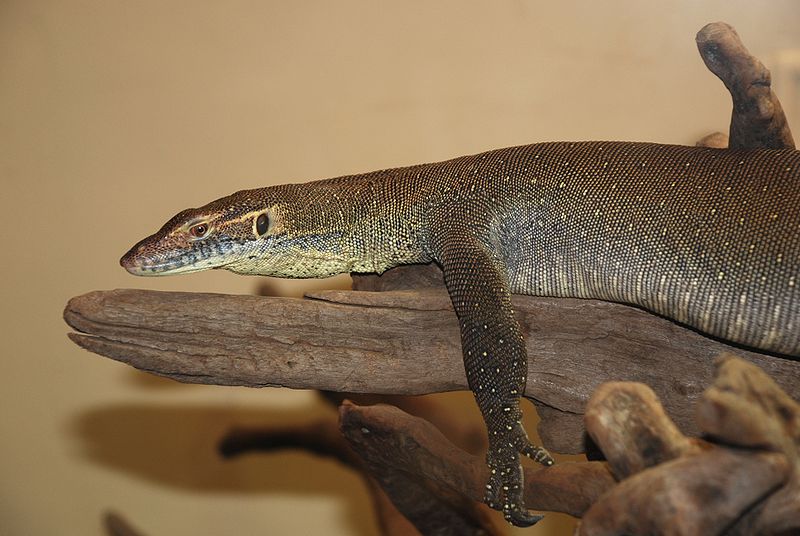 Please see Part 1 of this article for information about the natural history of the Mertens’ Water Monitor, Varanus mertensi, including the threat posed by introduced Marine Toads, Rhinella marinus.
Please see Part 1 of this article for information about the natural history of the Mertens’ Water Monitor, Varanus mertensi, including the threat posed by introduced Marine Toads, Rhinella marinus.
Cage Size and Style
Mertens’ Water Monitors may be the ideal choice for folks interested in keeping larger monitors, but who lack the room for the true giants. Averaging 3.5 feet in length, they are supremely-adapted predators, hunting equally well on land or in the water. I’ve found that their alertness and aggression when hunting rivals that of any monitor I’ve observed, including the famed Komodo Dragon (keep your fingers out of their cage at feeding time!). Read More »
 That Reptile Blog – Reptile, Amphibian and Exotic Pet Care and Information
That Reptile Blog – Reptile, Amphibian and Exotic Pet Care and Information
